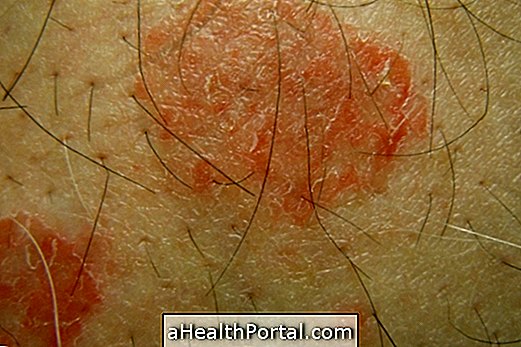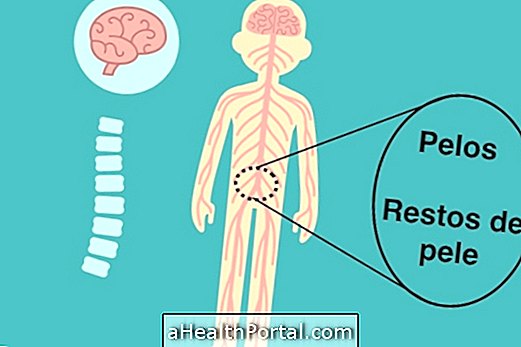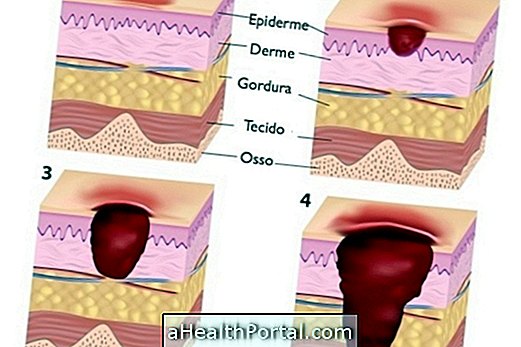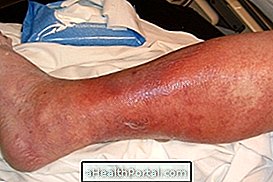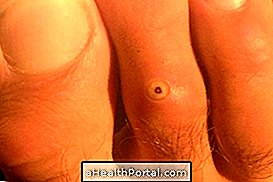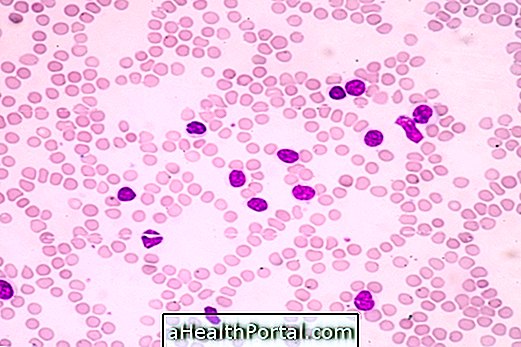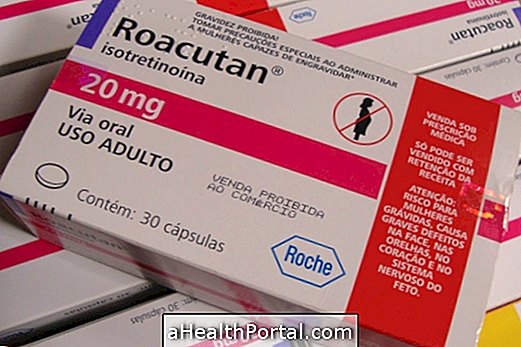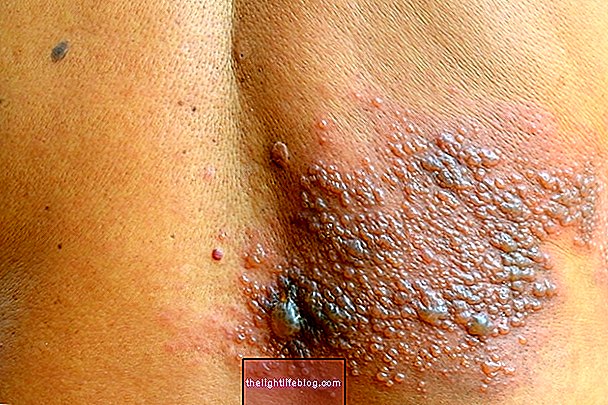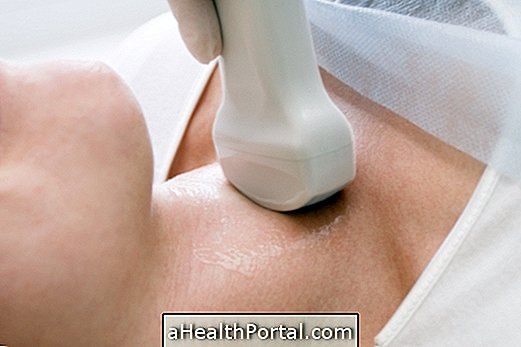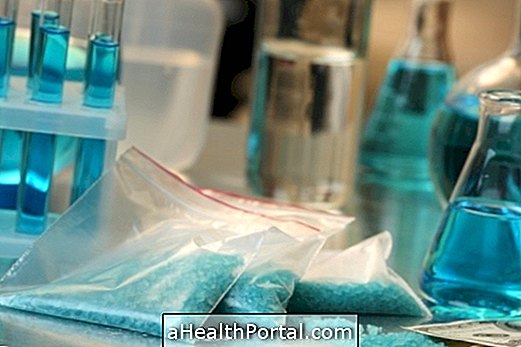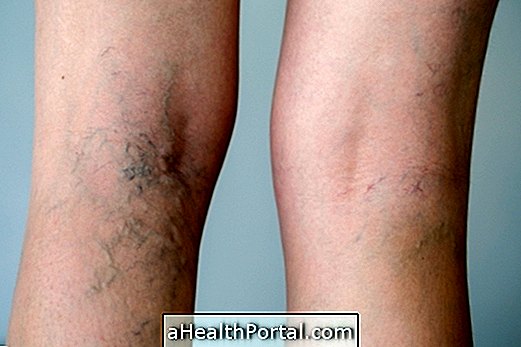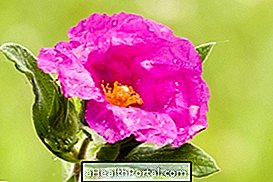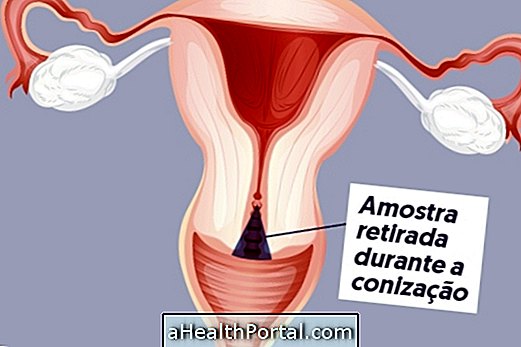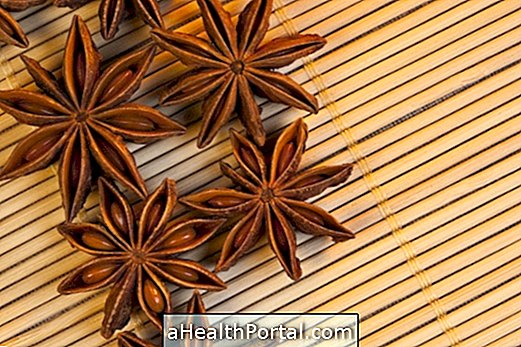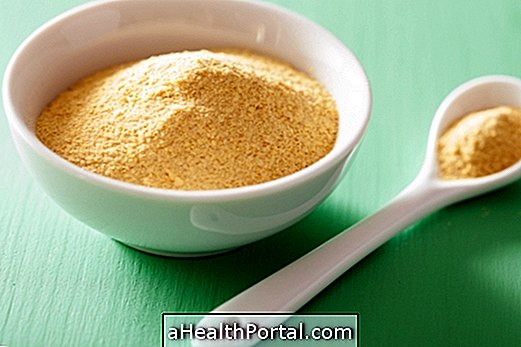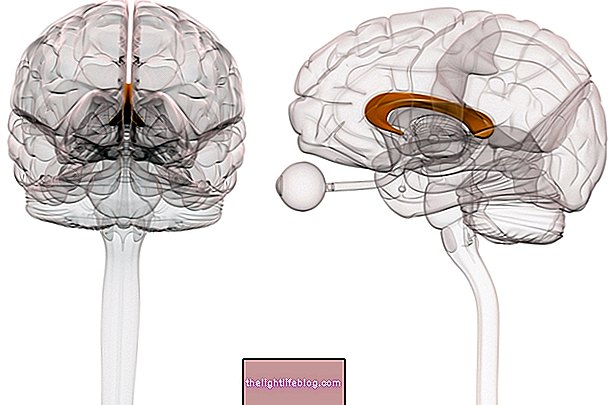Ringworm (Tinea) is a fungal infection that can be easily transmitted from one person to another, especially when using common moist areas such as spas or swimming pools, for example.
The fungi that cause the mycosis develop easily in hot and humid places and, therefore, often do not need to come into direct contact with the affected person, being able to catch the fungus from wet objects.
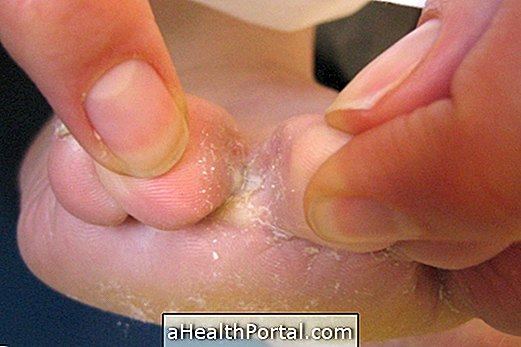
Top 6 Ways to Get Ringworm
The most common ways to get a ringworm include:
- Touching on the affected skin of another person's ringworm;
- Walking barefoot in public restrooms or baths;
- Use someone else's towel;
- Wear someone else's clothing;
- Share hygiene items or personal care;
- Use jacuzzi or pools with hot water.
In addition, as fungi grow easily in hot and humid places, it is also possible to have ringworm when leaving clothes dry in the body, after going to the pool or after exercising, for example, as well as when between the fingers after the bath.
As ringworm can also develop on the scalp and nails, it is still advised to avoid sharing combs, brushes, ribbons, hats, slippers, socks or shoes. Understand the symptoms of mycosis in the scalp and nail.
How long the ringworm is contagious
Ringworm is contagious for as long as the skin, nail or scalp lasts. However, this time can be reduced to 2 days when treatment is started. Thus, it is important to start treatment as soon as possible, not only to eliminate fungi but also to prevent passing the ringworm to other people.
Treatment of ringworm is usually done with ointments, nail polishes or antifungal shampoos, but the doctor may also recommend taking antifungal tablets for a period of 1 to 2 weeks. See more about mycosis treatment options and some home remedies, which can be used to complete medical treatment, accelerating healing.
How to know if I have ringworm
Symptoms of ringworm can take up to 14 days to appear after contact with the fungus and vary according to the affected site:
- Ringworm on the skin : red spots that cause itching and peeling;
- Ringworm on the scalp : itching and dandruff on the hair;
- Mycosis on the nail : the nail becomes thicker and yellowish.
These symptoms may help to identify a mycosis situation, however, the best way to confirm the diagnosis is to go to the dermatologist. Check out a more complete list of symptoms of different types of ringworm.
